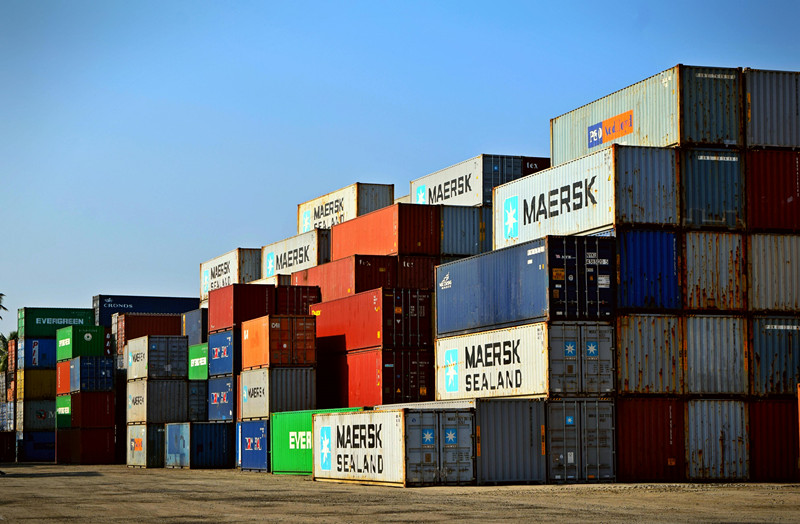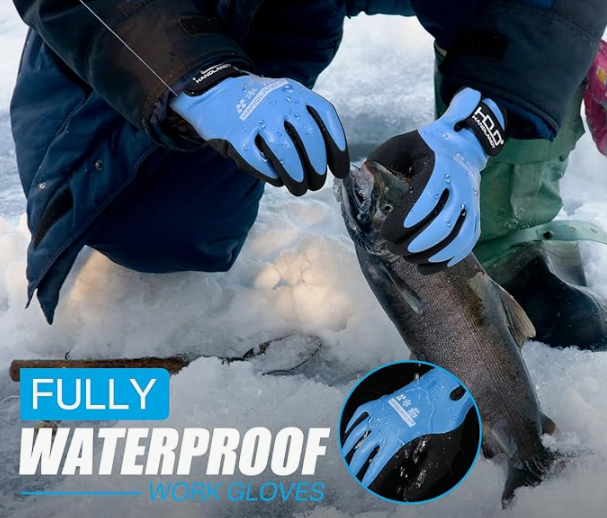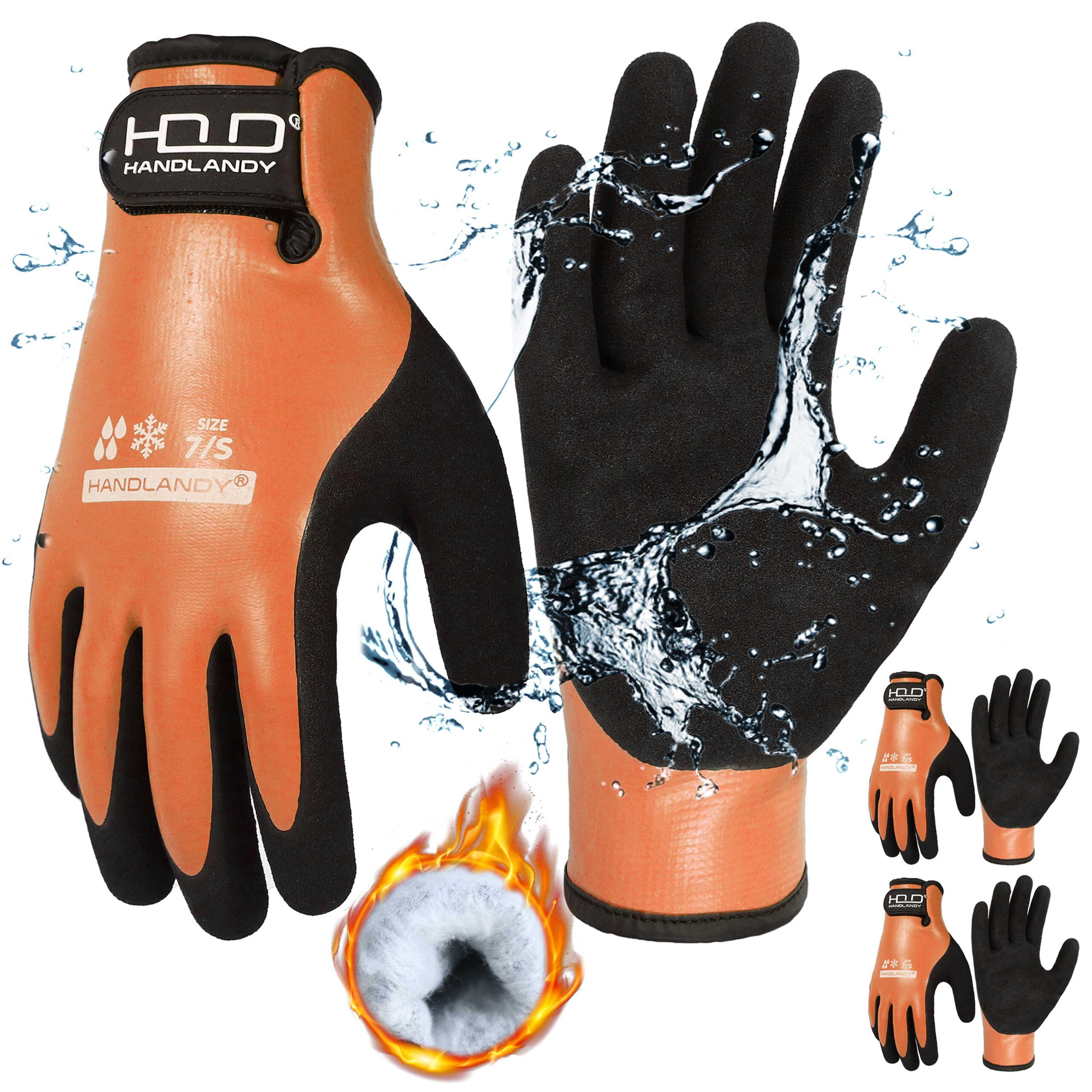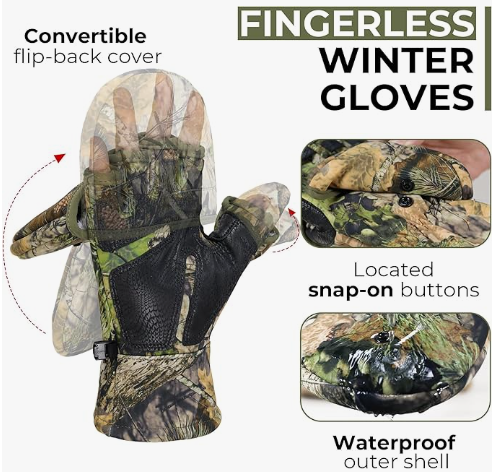To streamline glove imports from China to the U.S., focus on choosing reliable suppliers, optimizing shipping methods, ensuring regulatory compliance, and managing tariffs effectively. Proper planning reduces costs, minimizes delays, and simplifies the process.
1. Choose a Reliable Glove Supplier
Finding the right supplier ensures quality and on-time delivery.
- Verify Supplier Credentials: Check certifications, such as ISO 9001 for quality and FDA approval for medical gloves.
- Conduct Factory Audits: Visit the factory or hire third-party auditors to ensure the supplier can meet your order needs.
- Request Product Samples: Test gloves for durability, fit, and compliance with your market requirements.
2. Understand Shipping Methods
Shipping costs and timelines depend on the method you choose:
| Shipping Method | Cost | Transit Time | Best For |
|---|---|---|---|
| Sea Freight | Low | 4-6 weeks | Large bulk orders |
| Air Freight | High | 5-10 days | Urgent shipments |
- Sea Freight: The most economical option for large orders, but requires more lead time.
- Air Freight: Faster but comes at a higher cost, suitable for smaller or urgent orders.
Tip: Work with an experienced freight forwarder to consolidate shipments and minimize costs.
3. Prepare for Customs Clearance
Smooth customs clearance requires accurate and complete documentation.
- Key Documents Needed:
- Commercial invoice.
- Packing list.
- Bill of lading (for sea freight) or air waybill (for air freight).
- Compliance Requirements:
- Medical gloves must meet FDA standards in the U.S.
- Industrial gloves require certifications like CE or ANSI.
Ensure your supplier is familiar with U.S. import regulations to avoid delays.
4. Manage Tariffs and Duties
Tariffs can significantly impact your total cost.
- Current U.S. Tariffs:
- Industrial and disposable gloves imported from China are subject to additional tariffs (currently up to 25%).
- Future Changes:
- Monitor tariff updates to avoid unexpected costs. For example, some tariffs are scheduled to increase in the coming years.
Tip: Calculate all costs, including tariffs, when negotiating with suppliers to ensure profitability.
5. Reduce Risks and Delays
To minimize risks during the shipping process:
- Cargo Insurance: Protect shipments from damage or loss during transit.
- Plan for Delays: Develop contingency plans for potential disruptions, such as customs holds or port congestion.
- Choose Reliable Logistics Partners: Work with trusted freight companies and customs brokers to handle the process smoothly.
6. Optimize Costs for Large Orders
- Bulk Shipping: Consolidate orders to reduce per-unit shipping costs.
- Negotiate MOQs (Minimum Order Quantities): Discuss flexible MOQs with suppliers to align with your inventory needs.
- Track Exchange Rates: Monitor currency fluctuations between the U.S. Dollar and Chinese Yuan to avoid unexpected expenses.
Conclusion
Streamlining glove imports from China to the U.S. requires careful planning in supplier selection, shipping methods, customs compliance, and cost management. By following these steps, you can reduce risks, save on costs, and ensure a smooth procurement process for your business.








